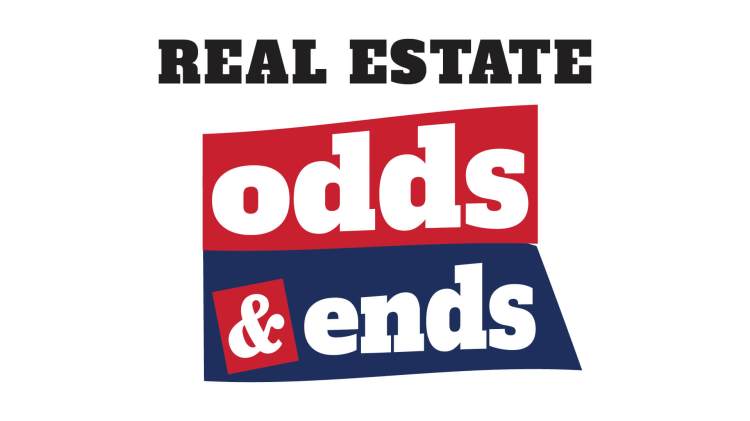Recent news stories have revealed that the Peconic Bay Community Preservation Fund raked in $95.9 million in 2017. Wow! But even that huge sum isn’t a record breaker. That honor belongs to 2014, when $107.8 million was raised.
These numbers make headlines, but there seems to be a lot of misinformation around about the fund. So to clear up any misunderstanding, here’s a primer about the CPF.
The CPF is a real estate transfer tax payable by the buyer when property changes hands. It’s a one-time only levy of 2% of the sales price (with some limits and exceptions, which we’ll explain later).
Many people believe that there’s one monolithic Fund out there gathering monies. That’s not the case. Each of the five East End towns–Riverhead, Southold, Shelter Island, Southampton, and East Hampton–collects CPF revenue on its own. Each town’s board decides how to spend it, with public input. Money raised in that town stays in that town. The almost-$96 million mentioned earlier is all of the revenue of the five towns added together. Southampton, which is generally the revenue leader, pulled in $56.4 million in 2017, while East Hampton collected $26.7 million, and the other three towns made up the balance.
The other misconception many people have is the involvement of the Peconic Land Trust. The Peconic Land Trust, which does, of course, have a similar name to the CPF and a similar mission, is a private conservation organization. While it works with towns and landowners to conserve and save land, it does not receive the 2% real estate transfer tax. The Peconic Land Trust raises money through charitable gifts and payment for professional services.
A little history: the CPF was established by voter referendum in 1998. In 2006 and again in 2016, voters approved the extension of the tax. It is now in place until 2050.
The program is very successful. It has raised $1.283 billion in funds and protected more than 10,000 acres of land that would have been lost to development.
The money collected is used by the five towns to preserve farmland, by purchasing development rights from farmers. Towns may also pay farmers who have sold their development rights to ensure that the land is only used to produce food crops. Of course, the funds are also used to preserve open space and create parks. Another use is to preserve historic buildings, such as the recently approved plan by East Hampton to restore the 11-acre former homestead of artists James Brooks and Charlotte Park and their two studios in Springs.
In 2016, the referendum allowed each town to allocate 20% of their CPF money to water quality improvement. For an example, one such project by East Hampton in Springs is to plant vegetation at the outflow of Pussy’s Pond to capture nitrogen and other nutrients before they reach Accabonac Harbor.
Now, the specifics: in Southold and Riverhead, the tax is 2% on the amount over $75,000 on the purchase price of unimproved land and 2% on the amount over $150,000 on the purchase price of improved land. In Southampton, East Hampton, and Shelter Island, the tax is 2% on the amount over $100,000 on the purchase price of unimproved land and 2% on the amount over $250,000 on the purchase price of improved land.
First-time homebuyers in the t East Hampton, Southampton, Shelter Island, and Southold can apply for an exemption from the transfer tax. Sorry, Riverhead residents! That’s the only East End town without the benefit.























